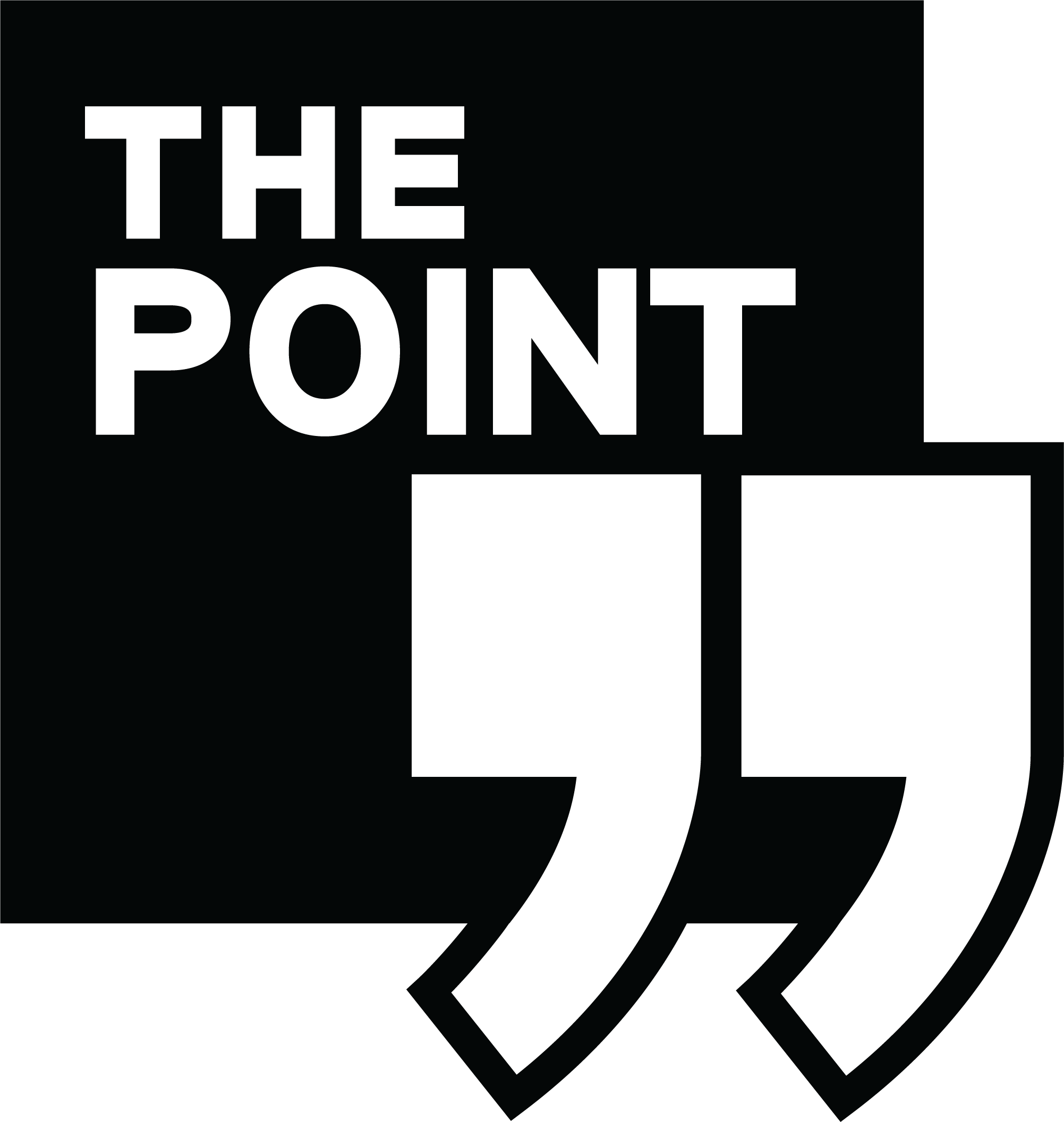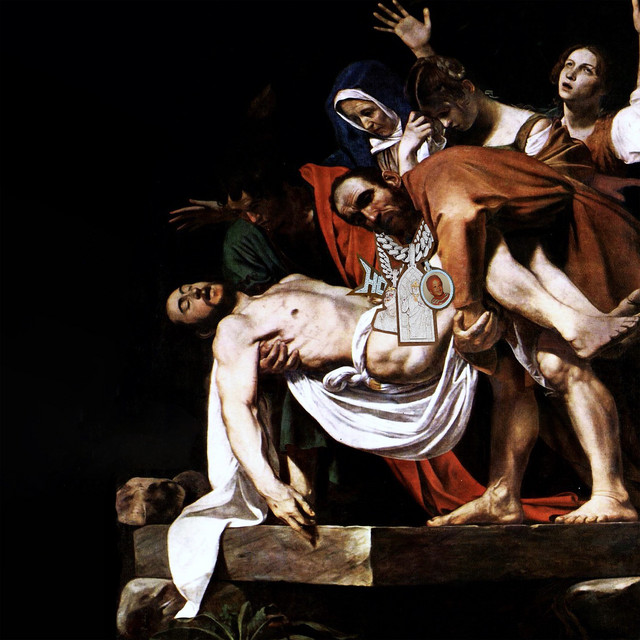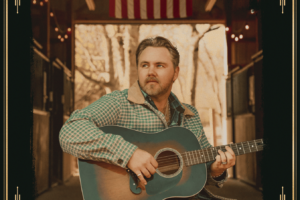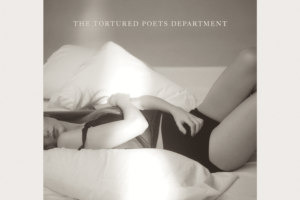It’s always special when Buffalo-based rapper Westside Gunn releases an album. Of course, that is quite often, usually multiple times a year. For an average rap fan, it can be hard to keep up with his expansive discography, but when a sequel to his 2020 album “Pray for Paris” was announced it was time to pay attention.
“Pray for Paris” was an underground rap gem where Westside Gunn was at his best. The rapper found his flow in classic boom-bap beats with a solid crew of features including Freddie Gibbs and Tyler, The Creator. Westside Gunn has always found joy in juxtaposition, rapping about drugs and money over elegant samples. He has undoubtedly created a peculiar sect of hip-hop best defined as high art, gangster rap.
“Pray for Paris” perfected this subgenre. He even drew inspiration for the album from a Virgil Abloh Off-White fashion show where his raps were played. Abloh also designed the album artwork before his untimely death in 2021.
Releasing a couple of albums in between that time, Westside Gunn announced “And Then You Pray For Me” this year. It appeared as if this was the sequel. The album cover is eerily similar, both being Renaissance paintings with the subject wearing Westside’s iconic set of chains.
So I think it made sense to expect more elegance contrasted with Westside Gunn’s overbearing ad-libs and flows, at least that’s how the album started. After a shoutout track, the album opens up with “Mamas PrimeTime,” a piano boom-bap track with Westside reminding the audience what he is capable of when given a beat like this one. It wouldn’t be a Westside song without a solid set of features, and Atlanta rapper JID shined on this track.
After the second track, the album takes a turn moving into “Kostas,” an intense Tay Kieth-produced trap song with Westside and fellow Griselda-signed rapper Benny the Butcher floating over the beat. However, it caught me by surprise. I wanted more “Pray for Paris.” I don’t really think of Westside Gunn as a trap artist, but that’s what most of this album is.
After a few more DJ Drama produced trap songs that weren’t anything too special, the album recements its identity in the boom-bap sound with “Suicide and Selfridges.” The track is produced by DJ Drama; so it does offer a nice balance between Westside’s usual sound, and the trap sound he is attempting throughout the album. Right after that track is a definite standout on the project with “KITCHEN LIGHTS.” Westside Gunn finds his footing with a beautiful string sampled track and strays away from the unfamiliar trap sound.
For the rest of the album we see Westside Gunn attempting to find his voice within the trap subgenre. The album is an agonizing 21-songs long and there isn’t much progression throughout it. Westside makes the jump to trap on track three and doesn’t explore much else. On top of that, it doesn’t have much cohesiveness and some tracks end up feeling out of place or unfinished.
About halfway through the project we get to one of those out of place songs with “JD Wrist.” The track is bloated and goes on far too long with a run-time of around six minutes. The track is also heavily reliant on the features, which raises a problem with the album as a whole.
This album is loaded with features, as most of his projects are. However, I think the sheer number of guests do a disservice to Westside Gunn and his own voice. The final track doesn’t feature him at all, which is disappointing considering we didn’t get much from him in the first place.
I thought there were quite a few trap songs on the album that Westside was perfectly fine on and his features strengthened the song rather than brought it down. However, more often than not his voice felt out of place. Honestly, if the album had been trimmed down to 12-15 songs it would’ve been a much easier listen.
I appreciate that he is able to transcend genres — and I think there is a time and place for it — but not on a sequel to a very polished and genre defining album like “Pray for Paris.” There lies the main problem: there is no way to follow up a classic like “Pray for Paris,” so maybe Westside was right for switching it up completely. He’s established himself within the rap game enough to do so.








